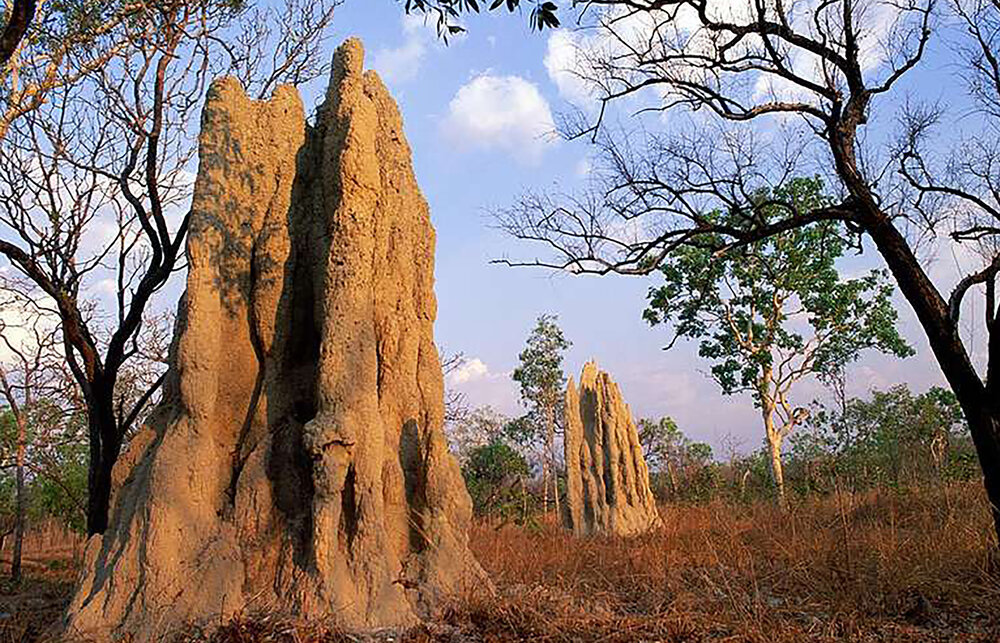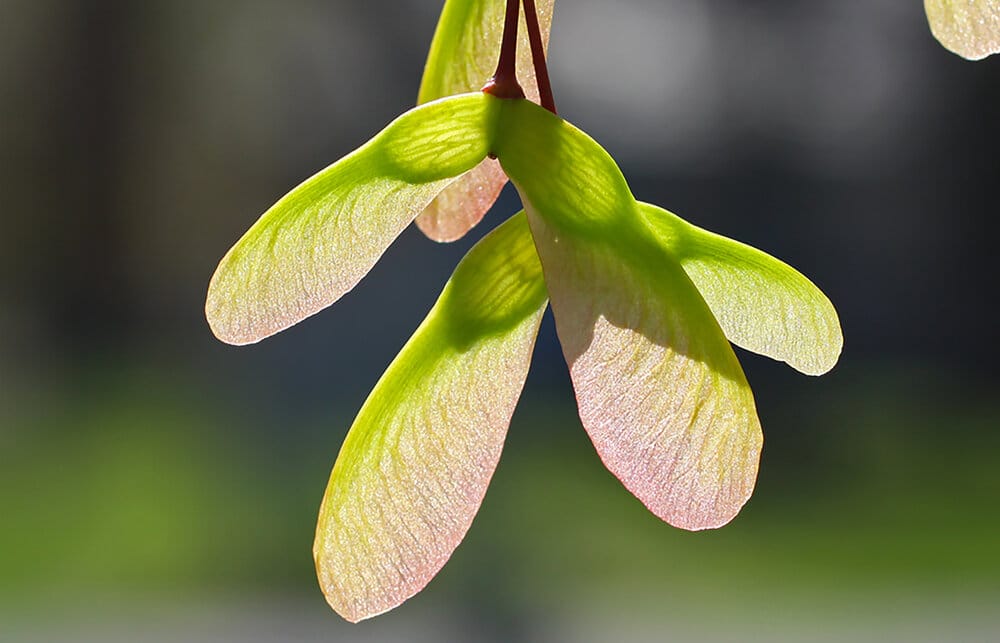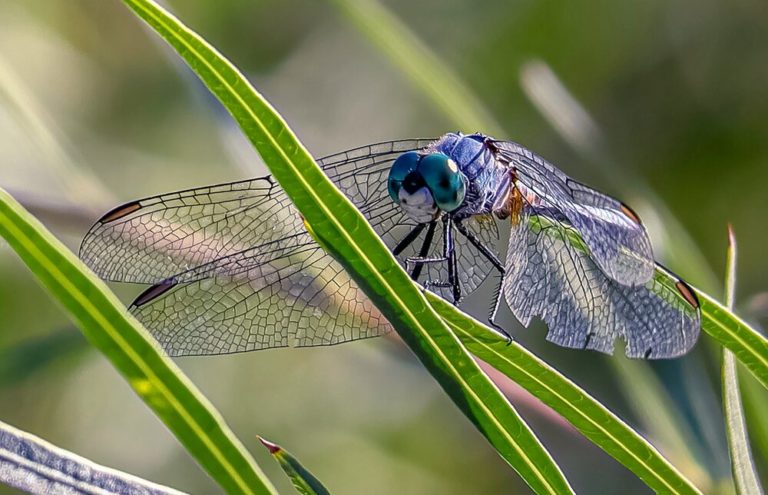
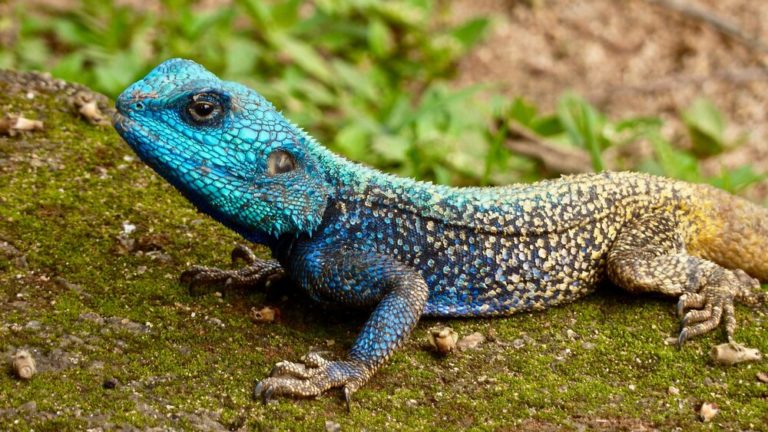
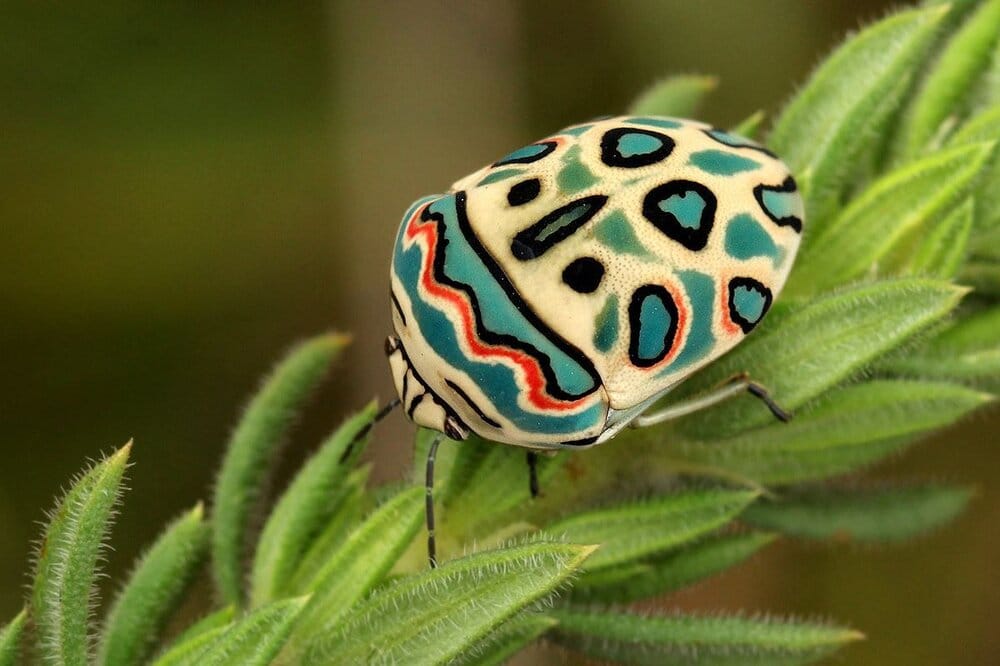
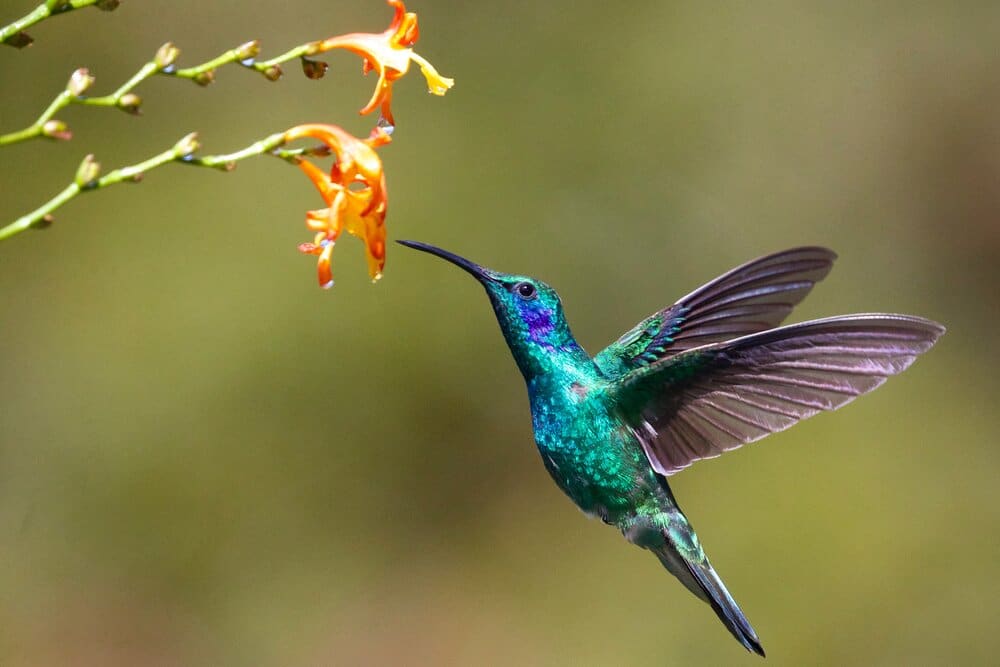
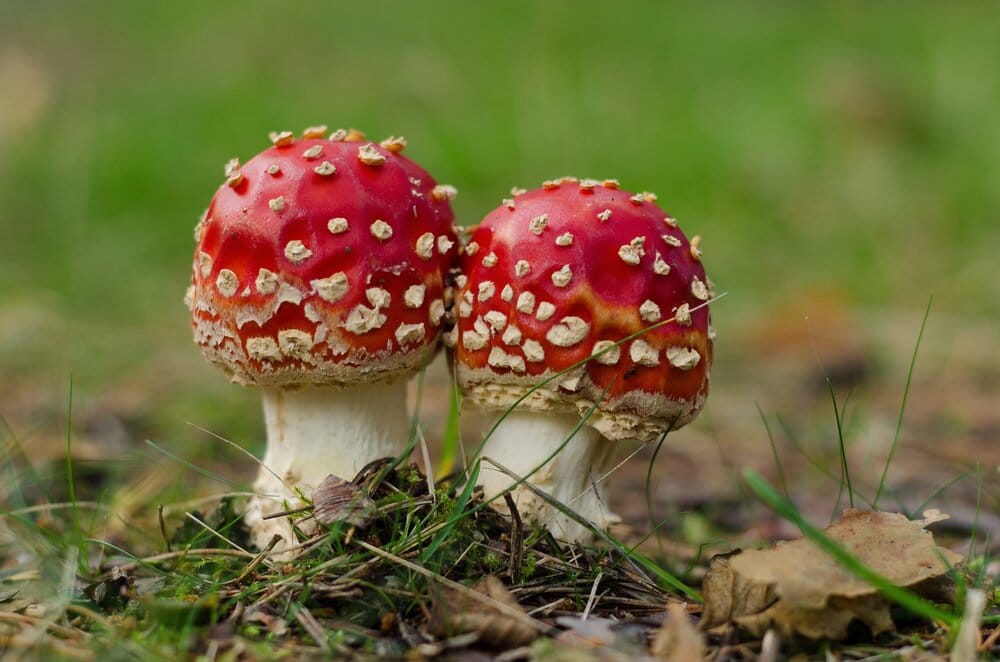

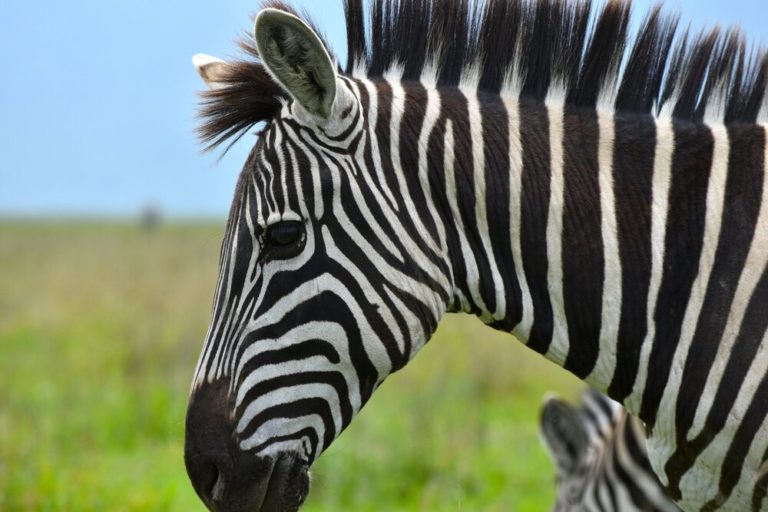

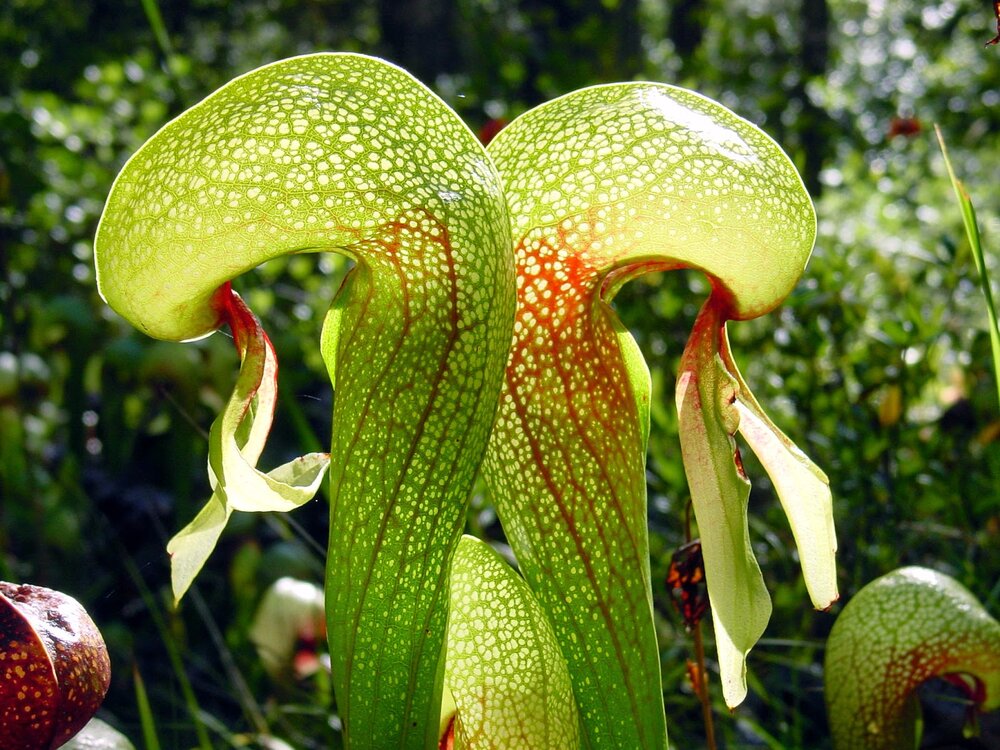
Nature has already fixed many problems society is facing.
Sometimes the best solution isn’t a new idea. While we humans may just be getting our feet wet (relatively speaking) with ingenuity, the animal kingdom has millennia of evolutionary trial-and-error to learn from. Countless generations of millions of species have developed numerous ways to defy gravity, stick to objects while underwater, and even lift objects thousands of times more massive than themselves.

We help students of all ages ask, “What would nature do?”
Biomimicry thinking is a skillset for the 21st century, finding inspiration in nature to solve some of the world’s toughest problems. Biomimicry is revolutionizing education, offering teachers a way to inspire students of all ages by blending biology, STEM, creative problem solving, design, and systems thinking.



